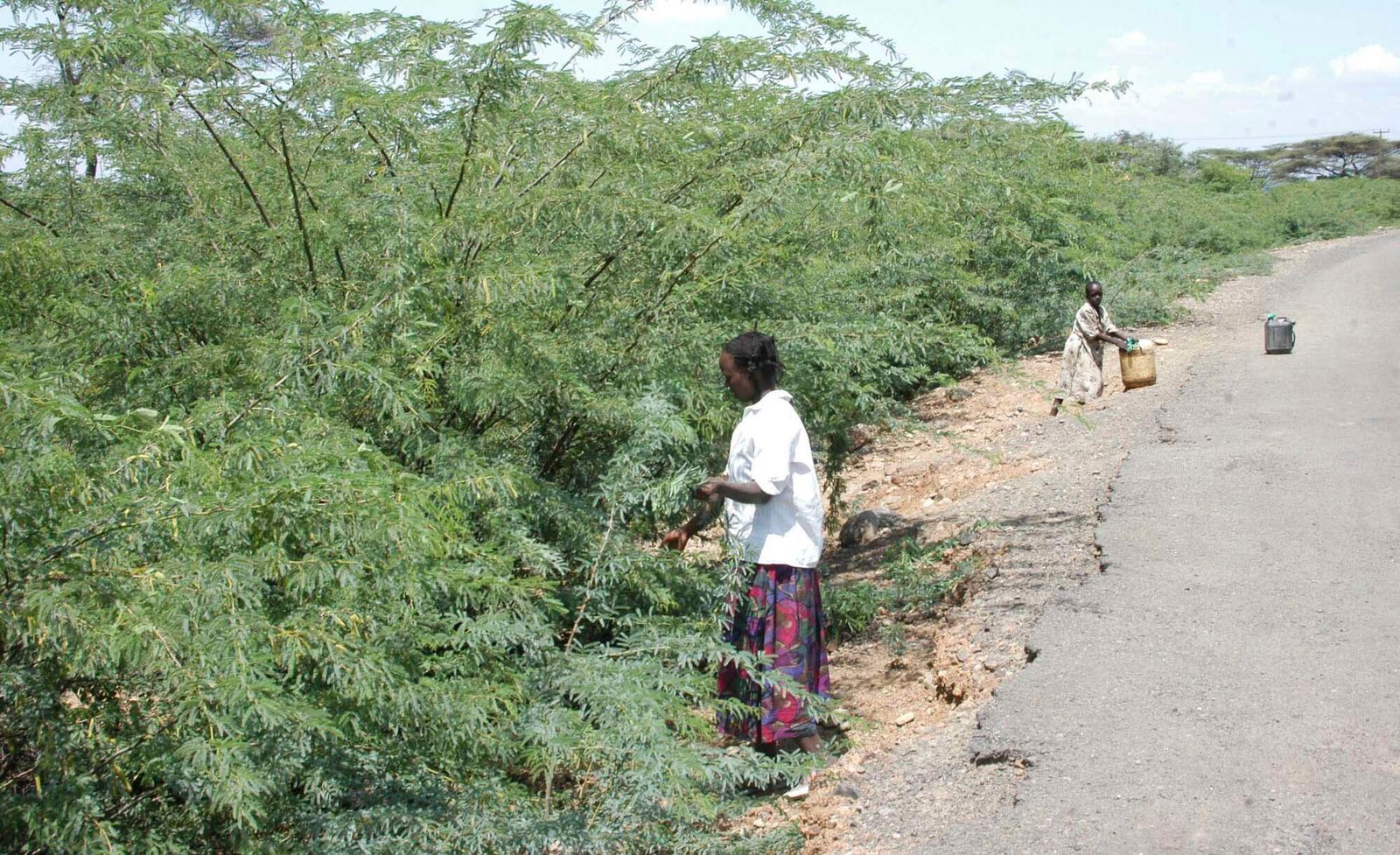[ad_1]

Researchers propose continual cutting of stumps, application of basal bark herbicide, as well as manual uprooting as the best ways of taming the Prosopis juliflora, a kind of mesquite that has become a menace in Africa.
Experts say these methods have successfully controlled the invasive tree in Ethiopia, Kenya, and Tanzania, and even reported elimination of the herb, according to a new study led by CABI, a non-profit dealing in agricultural and environmental issues.
The research, conducted over a span of three years and published in the journal CABI Agriculture and Bioscience, demonstrated that treatments involving complete manual removal were more effective in more productive and diverse vegetation compared to the treatment that targeted standing trees (basal bark).
Read: Outrage over uprooting of baobabs in Kenya
Widespread destruction
Prosopis juliflora is one of the world’s most threatening non-native tree species. Introduced to eastern Africa in the 1970s to provide wood and fodder and reduce erosion on degraded land, it has since spread rapidly with a severe impact including loss of grazing land, loss of access to water, declining biodiversity, reduced human health, increased human-wildlife and human-human conflicts.
For instance, Prosopis juliflora has invaded 1.2 million hectares of land in Ethiopia’s Afar region since its introduction in 1990. A previous study conducted by Shiferaw et al. revealed that this alien tree consumes an excessive amount of water throughout the year — 3.1-3.3 billion m³/year — significantly affecting both floodplains of Awash River and surrounding dryland habitats.
The CABI study also explored additional restoration interventions in Ethiopia’s Afar National Regional State, Kenya’s Baringo County, and Tanzania’s Moshi District. These interventions included divots, combined with mulching or grass seed sowing.
Read: Kenya mulls bringing back ‘shamba system’ into forests
“The results show it is possible to restore land previously invaded by Prosopis juliflora. Despite variations in vegetation establishment rates and species composition, our interventions resulted in some cases containing a substantial fraction of perennial grasses,” said lead researcher, Dr Rene Eschen.
“The choice of method for controlling Prosopis juliflora depends on resource availability including herbicides and whether or not rootstocks need to be removed for future crop planting,” he said.
[ad_2]
Source link



